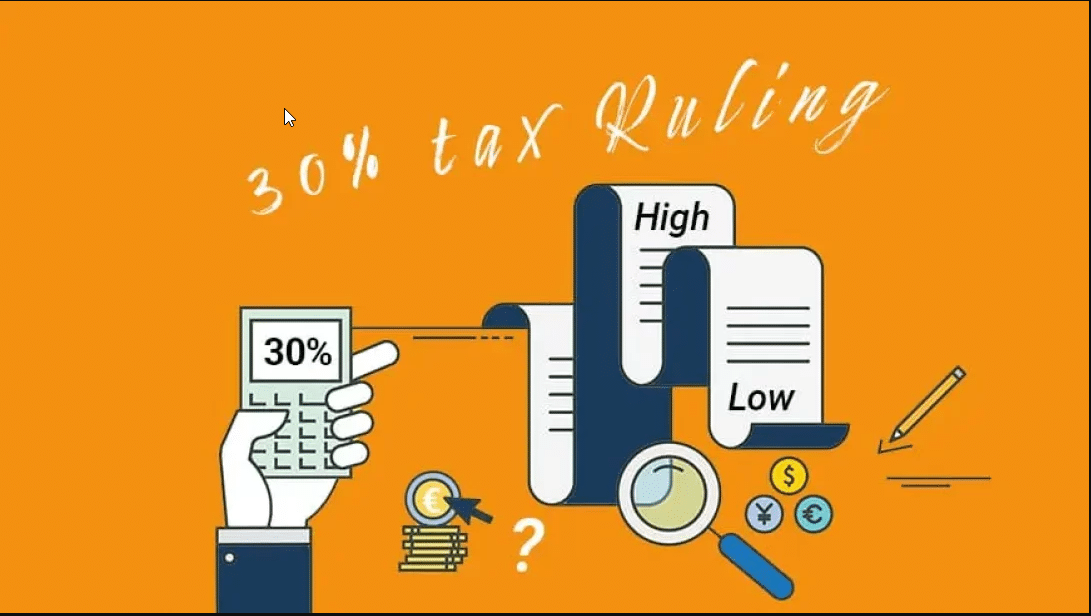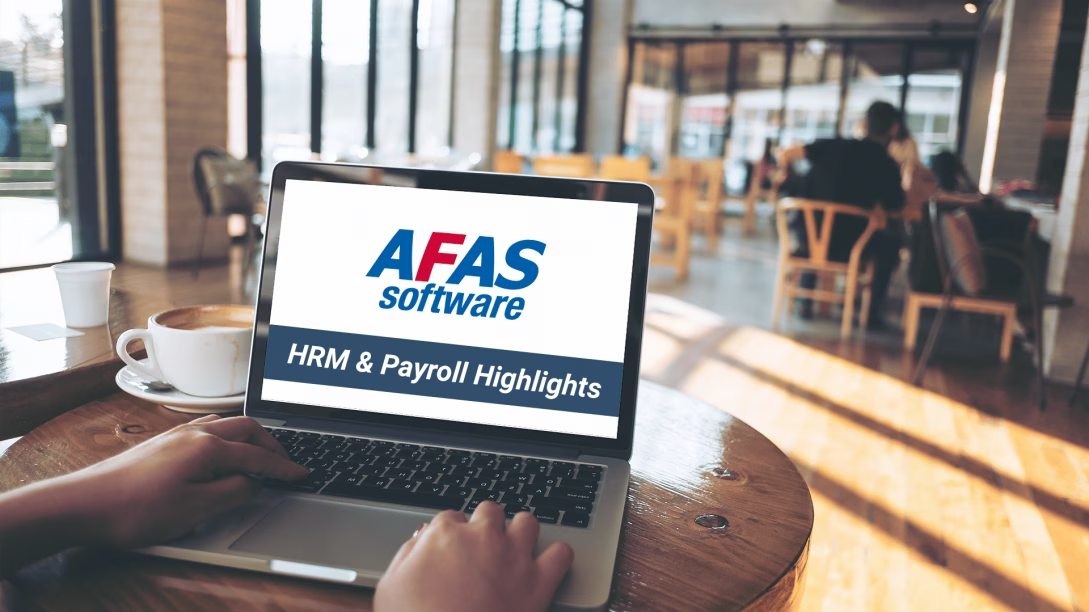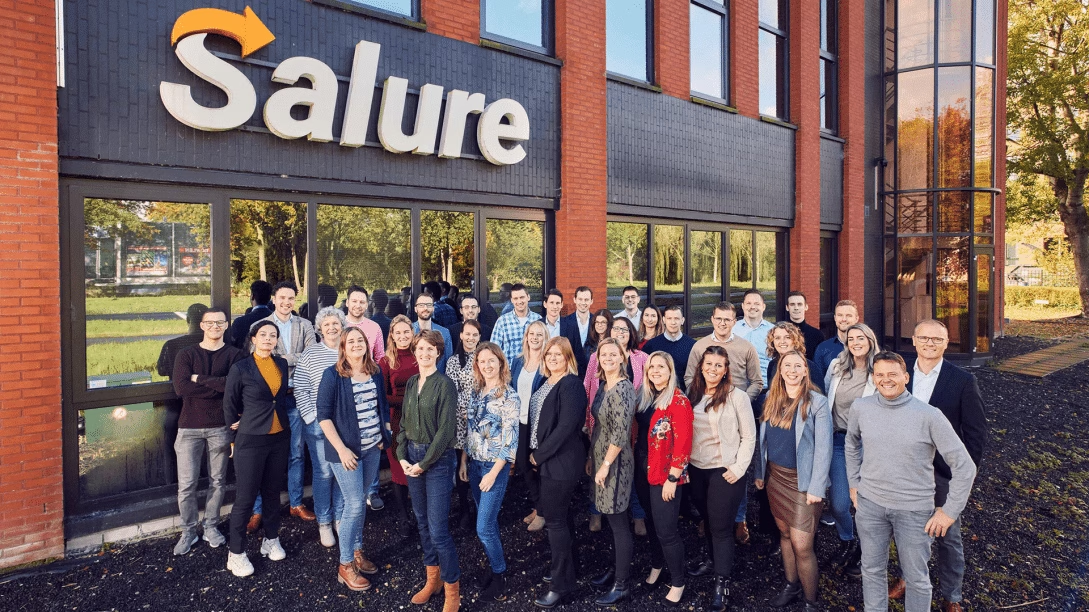The 30% tax ruling in the Netherlands is the subject of a lot of confusion. This is because many employees who are eligible for the facility only benefit from part of it (see the calculation examples in this article). Hence the inclusion of a handy calculation tool that allows you to quickly calculate for your employees whether, and if so for what amount, they can benefit from the 30% facility. Of course, we also fully explain how it works.
Let’s begin.
1. 30% tax ruling: the basics explained
What is the Dutch 30% facility?
Employees from abroad who temporarily stay and work in the Netherlands incur additional costs for accommodation, among other things. These are the so-called extraterritorial costs. With the 30% facility, these employees are financially compensated by deducting up to 30% of the annual fiscal wage and then paying it out net (i.e. untaxed).
Why use the 30% facility?
This financial compensation results in a tax benefit for the employee.
The employer also benefits from this advantage, as applying the 30% facility also reduces the employee’s employer charges (employee insurance contributions).
But beware!
The word ‘maximum’ says it all:
Often, the employee can only partially benefit from the facility.
30% facility calculation tool
With the 30% facility calculation tool, you can immediately see to what extent you can financially accommodate a temporary employee from abroad with the facility.
As indicated earlier, many eligible employees do not take full advantage of the facility. Misunderstandings often arise about this.
When an employee is entitled to the facility, it does not mean that he or she automatically gets the full 30% benefit on his or her net wage.
To help you with this, we have developed a calculation tool. This will tell you immediately what the tax-free part of your salary will be in 2023.
With just a few clicks, you calculate whether the employee is entitled to this facility and for what amount he or she can benefit.
Often, the employee can only partially benefit from the facility.
* The taxable income threshold is redetermined annually with effect from 1 January.
** No rights can be derived from this calculation tool.
High and low taxable income threshold
Based on a taxable income threshold, you determine whether someone is eligible for the 30% facility. To make things a bit more complicated, there are two taxable income thresholds.
In principle, for 2023, the high taxable income threshold of €41,954 on an annual basis applies to every employee. However, there is one exception: if an employee is younger than 30 and has a master’s degree, the low taxable income threshold of €31,891 on an annual basis will apply.
As soon as employee reaches the age of 30, the high taxable income threshold will start to apply.
The annual taxable income remaining after applying the 30% facility must be at least equal to the taxable income threshold.
This means that with the high taxable income threshold, there must be a minimum annual taxable income of €41,954 / 0.7 = €59,934.29
A minimum annual taxable income of €31,891 / 0.7 = €45,558.57 applies for the low taxable income threshold.
But what if you earn less than the stated annual taxable incomes?
Below are calculation examples for employees who earned less than the annual taxable incomes indicated above.
30% tax ruling Netherlands: calculation examples
Example 1:
A 35-year-old employee with a master’s degree qualifies for the 30% facility. He earns an annual taxable income of €45,000. What is the maximum amount (and percentage) that can be used for the facility?
For this employee, the high taxable income threshold of €41,954 applies.
If the full 30% facility is applied here,
the employee will end up below his applicable taxable income threshold of €45,000 -30% = €31,500.
This means the full 30% cannot be applied;
only the difference between the annual taxable income and the taxable income threshold €45,000 – €41,954 = €3,046.
The benefit of €3,046 is 6.77% of the annual taxable income of €45,000.
So the employee only benefits from 6,77% of the 30% facility.
This is why there is so much confusion around it.
Example 2:
An employee under the age of 30 with a master’s degree is eligible for the 30% facility, where the low taxable income threshold applies. What is the minimum amount this employee must earn to fully benefit from the facility?
The low taxable income threshold is €31,891.
The annual taxable income associated with this is: €31,891 / 0.7 = €45,558.57.
The taxable income deduction under the 30% facility is 30% of €45,558.57 = €13,667.57.
If this employee reaches the age of 30 during the term of the facility, he will become subject to the high taxable income threshold.
He can then no longer benefit from the full 30%.
Only the difference between the annual taxable income of €45,558.57 and the high taxable income threshold of €41,954 can now be calculated.
This comes down to a benefit of 3,604.57.
Thus, the employee will lose out substantially when he reaches the age of 30.
Is the facility not quite clear yet? Below, we explain it to you in more detail and answer a lot of questions in the process.
2. Using the 30% facility
If you want to use the 30% facility, as an employer, you need to submit an application with the tax authorities in Heerlen together with the employee. Once the application is submitted, it will have to be approved. If the application is approved by the tax authorities, you will receive a decision within 10 weeks.
As soon as you have the decision, you can start applying the facility.
What is the duration of decisions?
New decisions have a maximum duration of 5 years since 1 January 2019. Old decisions (issued between 1 January 2012 and 31 December 2018) had a maximum duration of 8 years.
For employees with an old decision, the 30% facility stopped no later than 1 January 2021, even if the term has not yet expired at that time.
Decisions made before 2012 had a duration of 10 years. This was also subject to transitional law until 1 January 2021.
What if you switch to a different employer?
What happens if an employee using the 30% facility switches to another employer? In that case, the facility can continue to apply, subject to conditions.
The new employer and the employee must then jointly submit a new application to the tax authorities in Heerlen.
Expertise requirement
To qualify for the 30% facility, the employee must meet the so-called expertise requirement. That means they must demonstrably have a specific expertise that is rare in the Dutch labour market.
Expertise expressed in minimum wage
This expertise is expressed in terms of a certain minimum wage the employee must earn. The annual taxable income (minus deductions under the 30% facility) must be at least equal to the taxable income threshold as mentioned below.
So what is the income requirement?
To be eligible for the 30% facility, the employee with the master’s degree under 30 must earn more than €31,891 gross per year. This does not include tax-free allowances.
For other employees (over 30 or without a master’s degree), the gross annual salary must be above €41,954. These are the taxable income thresholds in 2023.
If an employee earns less than the taxable income threshold, only the difference between the taxable income threshold and the salary is used to calculate the benefit.
In that case, the maximum benefit under the facility cannot be applied.
3. Conditions of the 30% tax ruling
Below are the conditions for an employee to be eligible for the 30% facility:
- The relevant employee was recruited abroad or posted to the Netherlands;
- The relevant employee is on the payroll of a Dutch employer;
- The relevant employee has lived in the Netherlands for at least 16 months further than 150 kilometres from the nearest Dutch border in the 24 months preceding the 1st working day;
- The employee must be in possession of a valid decision;
- The relevant employee is an expert of which there are little to none to be found in the Dutch labour market. To determine this, the taxable income thresholds below are applied;
- If the age of the employee, who has a Dutch master’s degree or equivalent foreign title, is below 30, a lower salary standard may be applied. The relevant employees will then have a prevailing taxable income of €31,891 in 2023, not counting the free allowances and the applied 30% ruling;
- The moment the person turns 30, the high salary standard can be applied as of the following month. This amounts to €41,954;
- The exceptions to the salary threshold are employees who conduct scientific research or are junior doctors. The salary standard does not apply to them.
4. 30% facility combined with compensations
Does the 30% facility allow you to pay 30% of the gross salary net?
No, under the 30% facility, you can deduct up to 30% of the annual taxable income and then pay out that portion net (i.e. untaxed). In most cases, however, this is not the case.
This is because you have to take the taxable income threshold into account.
To be eligible for the 30% facility, the annual taxable income (minus the 30% deduction) must be at least equal to a certain taxable income threshold. Is this amount lower than the taxable income threshold?
Then you may only pay out the difference between the annual taxable income and the taxable income threshold on a net basis.
Does the 30% facility affect wages on the employer's statement?
No, when providing the employer’s statement, you have to fill in the gross salary. Does the 30% facility affect the amount you enter here?
The answer to this is no. While the employee benefits from the facility, for the employer, the gross salary applies.
The gross salary remains the same regardless of the facility. So this is also simply the gross salary that will appear on the employer’s statement.
Note! Exception:
As an employer, you can choose to apply the facility in a different way, using the 30/70 method.
In that case, the employee receives an extra allowance in addition to his/her salary.
This calculation method increases the gross salary. This affects the employee’s possible mortgage. Therefore, with this method, you do need to specify the 30% facility on a separate line on the employer’s statement.
This allows the mortgage lender to check how long the facility is valid through via the decision of the tax authorities.
The HRM system AFAS defaults to 30% of gross salary including compensation.
So be sure to check how this is set up in your HRM system!
Can you also apply the 30% facility to the transition compensation?
No, you can only apply the 30% facility on the wage from present employment.
The transition compensation is calculated on the basis of work done before (previous employment) and is therefore not a compensation for present employment.
That is why you cannot apply the 30% facility to the transition compensation.
Can you also apply the facility to severance pay?
No. The same applies here as with applying the transition allowance.
You can only apply the 30% facility on wages from present employment. The severance pay is based on work that has already been done before. You may therefore not apply the rule to the severance pay.
How do you apply the 30% facility with unpaid leave?
If the employee takes unpaid leave, that month’s salary may fall below the monthly threshold amount. As a result, that employee is no longer eligible for the 30% facility in that month.
Note: e.g. in an HRM system such as AFAS, the threshold amount is calculated based on the full year!
Example:
Even though the employee is not eligible for the 30% facility in the month of June, her total annual taxable income is still above the threshold annual amount. This means that in AFAS, the lower salary in June is passed on as a negative amount when applying the facility in July.
Can the 30% facility come to lapse when taking (additional) birth leave?
No, taking additional birth leave effectively reduces one’s income. After all, the employee will only receive 70% of the salary. This may cause the employee’s salary to fall below the taxable income threshold, which would cause the facility to no longer apply. Yet this is not the case.
This is because it is legally stipulated that you can disregard this reduced income when applying the 30% facility. You may therefore take the salary as if no additional birth leave had been taken. This legal provision applies to the following forms of leave:
- Additional birth leave
- Adoption leave
- Foster care leave
- Parental leave
- Maternity leave
So you may continue to pay out the same portion of the salary tax-free, even if the actual salary has decreased.
Does an expense allowance have an impact?
Yes and no. An expense allowance for gifts, work clothes or lunches, among others, only affects the 30% facility if it is a gross allowance.
In that case, this allowance has to be added to the gross salary for applying the facility. The gross salary thus increases, and with that, so does the amount eligible for the facility. This results in a tax benefit for the employee.
On the other hand, a net expense allowance does not affect gross pay nor the 30% facility.
Can you also apply the facility to a secondary employment?
Yes, in the rare situation where a foreign employee works for two employers, both employers may apply the facility. However, note that with both employers, the salary must be higher than the threshold amount.
How do you apply the facility with a salary split?
Does an employee work for multiple employers in different countries? Then the 30% facility applies. For example, if a foreign employee works for a Dutch and a Belgian employer, he will receive a tax benefit for the part of the salary from Belgium.
The facility can only be applied to the salary portion earned in the Netherlands, provided this portion exceeds the threshold amount.
Can there be attachment of earnings for the allowance from the 30% facility?
Yes, in the (rare) case that there is an attachment of earnings for an expat, this may also apply to the untaxed allowance under the facility. This part of the income must also be transferred by the employer, up to the attachment-free level.
30% facility FAQ
An employee need not have a master's degree for the 30% facility. However, an employee with a master's degree who is under 30 years old may apply the low taxable income threshold for the 30% facility. In 2023, this is €31,891 vs €41,954. This employee therefore does not need to earn as much to benefit from the facility.
Your age may affect the application of the 30% facility. For someone under 30 with a master's degree, the low taxable income threshold of €31,891 applies for the 30% facility. From 30 years of age, a taxable income threshold of €41,954 applies for the 30% facility. This means the salary requirement for the 30% facility is higher for older employees.
To be eligible for the 30% facility, the employee with the master's degree under 30 must earn more than gross €31,891 per year. This excludes tax-free allowances. For other employees (over 30 or without a master's degree), the gross annual salary must exceed €41,954. These are the taxable income thresholds in 2023.
The applied threshold amount for the 30% facility in 2023 has been set at €31,891 for employees under 30 years old with a master's degree. The applied threshold amount for other employees(over 30 years old or without a master's degree) is €41,954. This means that the gross annual salary excluding tax-free allowances in the Netherlands must be above this threshold amount in order for the 30% facility to apply.
You can request a decision to apply the 30% facility via the tax authorities in Heerlen. Submitting the application is done jointly by the employer and employee. You can find the application form on the website of the tax authorities. You then send the form and the contributions to: Belastingdienst/kennis- en Expertisecentrum Buitenland, PO Box 2865, 6401 DJ Heerlen.
The tax authorities will not process the application for the 30% facility until all information has been provided. The application will then have to be approved. Once the application has been approved by the tax authorities, you will receive a decision within 10 weeks. Only from the moment you have the decision can you implement the 30% facility.
New decisions for the 30% facility have a maximum duration of 5 years since 1 January 2019. You may therefore apply the 30% facility for 5 years after receiving the decision. Decisions issued between 1 January 2012 and 1 January 2019 have a maximum validity of 8 years. This group has therefore been allowed to use the 30% facility for longer.




